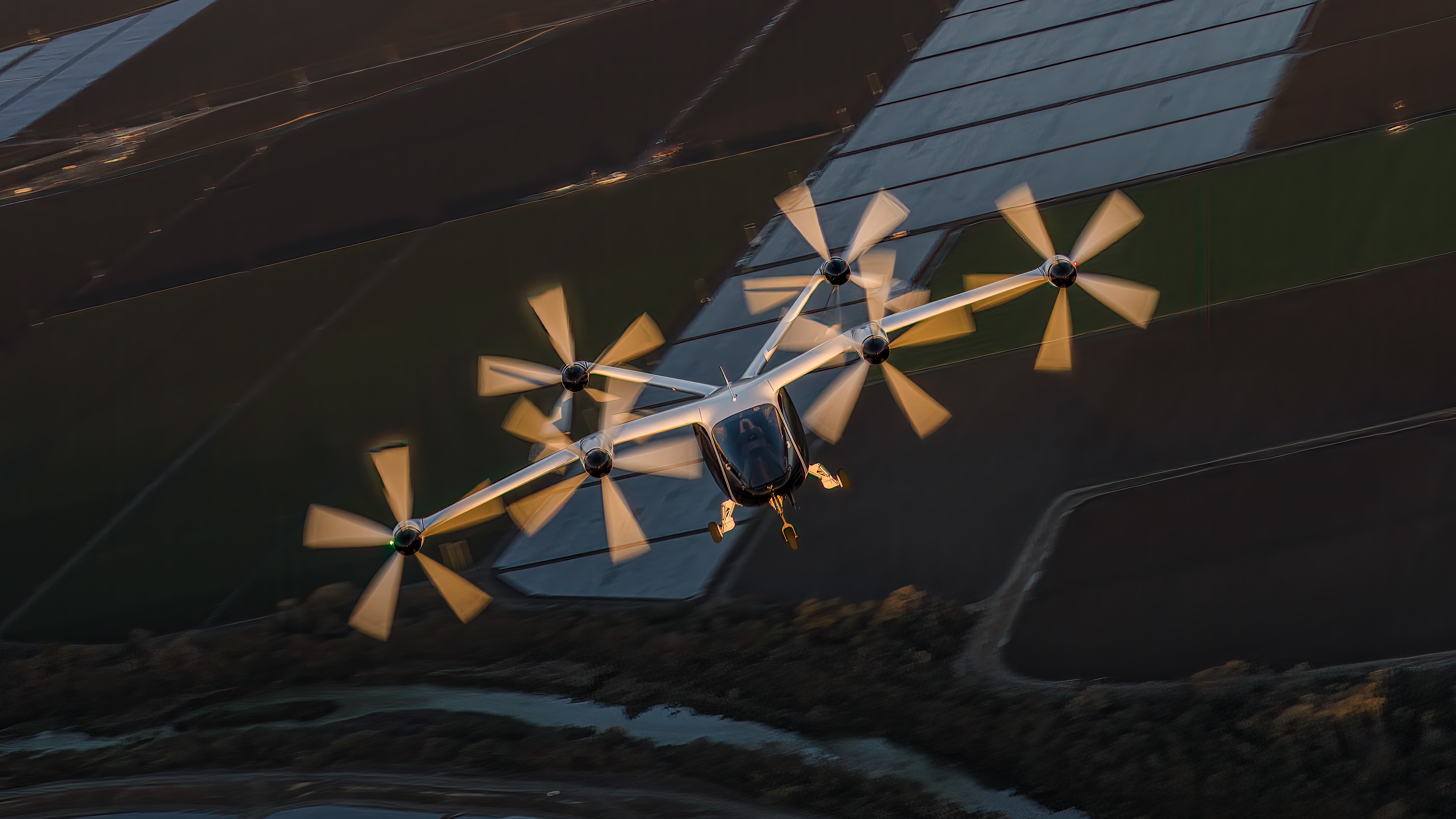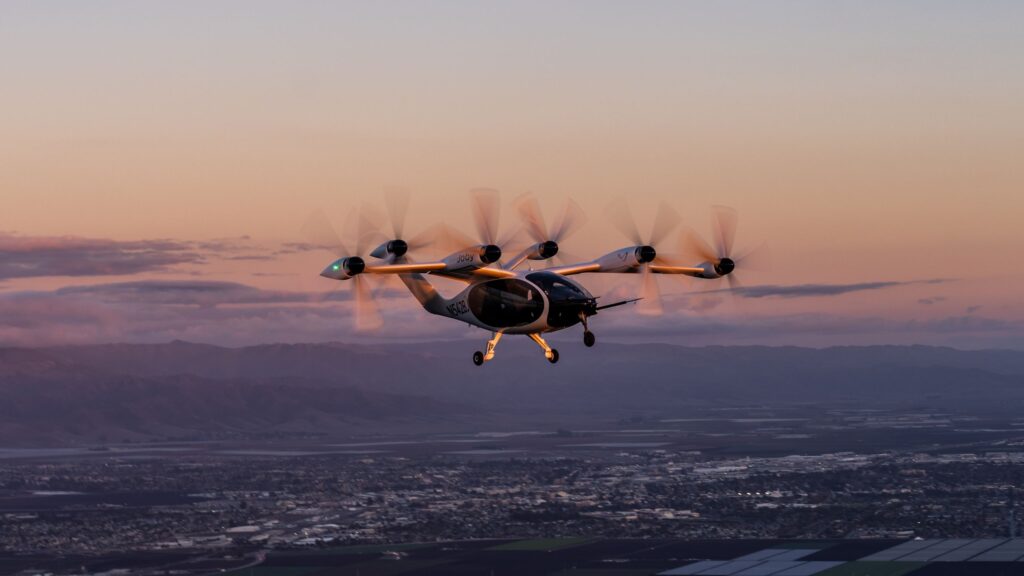Hydrogen-electric air taxis broke records 523 miles (842 km) flights over California, producing only water as a direct by-product.
According to a statement from Joby Aviation, the company behind the air taxi prototype, the flight is three times the distance record set by the same developer’s electric vehicle, “indicating the possibility that hydrogen could unlock travel in areas with no emissions.” Air taxis could fly even longer in the future, as they left 10% of the hydrogen fuel load after the flight.
You might like it
The Joby Aviation’s Air Taxi is a modified electric aircraft with six rotors for use in urban areas. The original battery-operated vehicle completed 25,000 miles (40,000 km) testing on its base in Marina, California and many flights in New York City. The engineers then converted the battery-electric aircraft into a hydrogen-electric aircraft by adding a fuel tank that could store 88 pounds (40 kilograms) of liquid hydrogen and a hydrogen fuel cell system.
Related: The largest fully electric concept plane can be brought into the sky by 2033
Fuel cells convert hydrogen into electricity, water, and heat in the presence of oxygen. According to the statement, electricity is driven into the aircraft’s rotors and water is released as waste. The aircraft also always carry reduced battery counts and provide additional power during takeoff and landing.
“Imagine you can fly from San Francisco to San Diego, Boston, Baltimore, or Nashville, or New Orleans. Imagine you don’t have to go to the airport and you don’t have any emissions other than water,” Joeben Bevirt said in a statement.

The advantage of hydrogen-powered designs is that they can go far more than battery-electric ones that need to be charged every 100-150 miles (160-240 km).
Joby Aviation is scheduled to begin selling its original battery-electric design in 2025. Hydrogen-electric air taxis take time to market, but “a large part of the design, testing and certification work for battery-electric aircraft has been carried over to the commercialization of hydrogen-electric flight,” says Bevirt.
Joby Aviation recently became the first developer of an electric VTOL aircraft that has completed a third of five phases of the Federal Aviation Administration (FAA) type certification process. In this third phase, the FAA reviewed and approved Joby’s certification plan for the aircraft’s structural, mechanical and electrical systems. The next phase includes the FAA looking at the entire aircraft and all of its systems.
Joby Aviation plans to deploy the same infrastructure, landing pads, operations teams and software for both types of vehicles, which can be used simultaneously or seamlessly migrated from one another, according to a statement.
Source link

